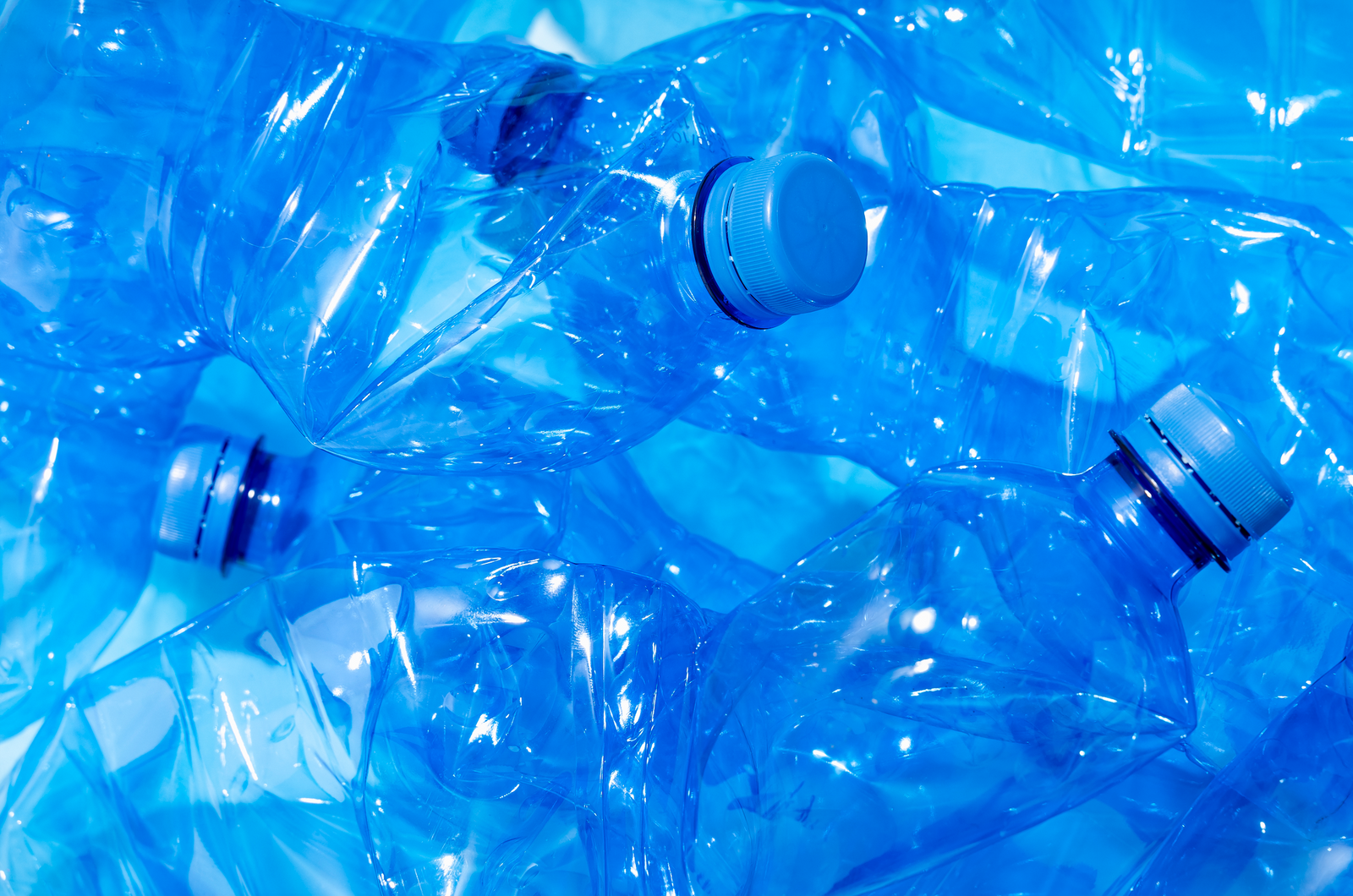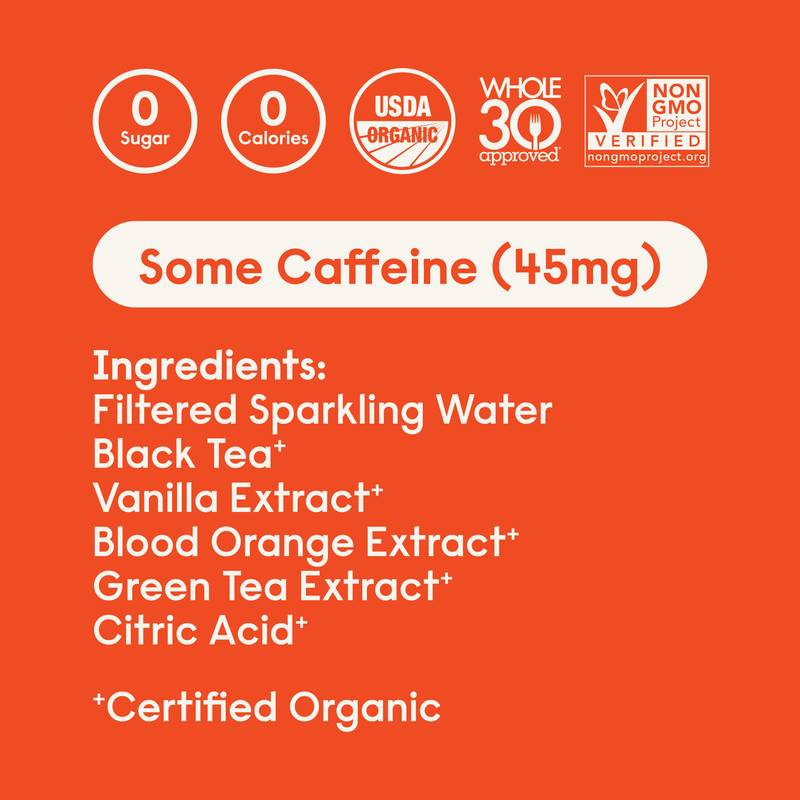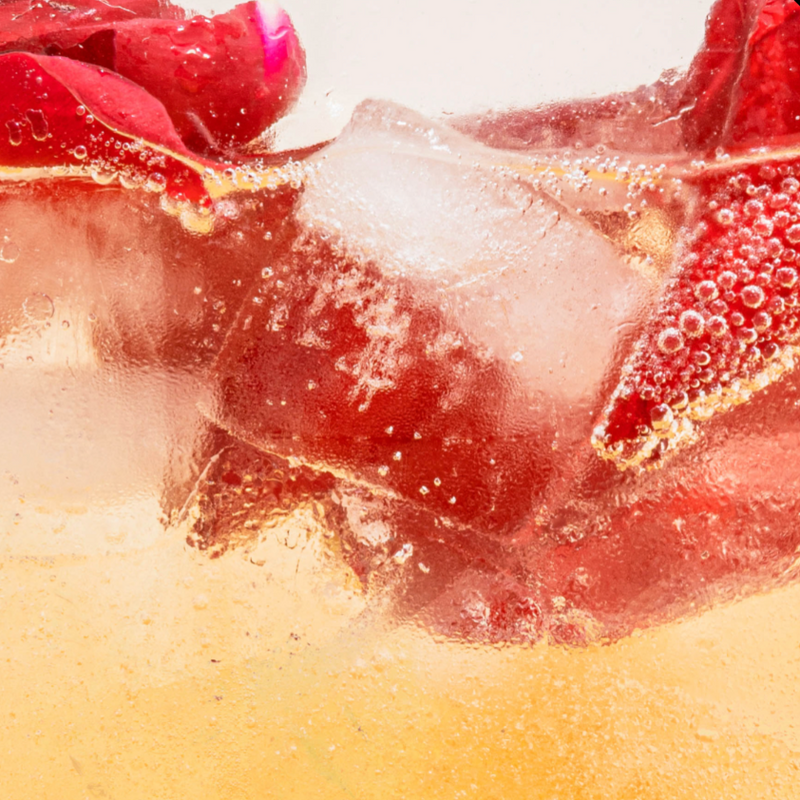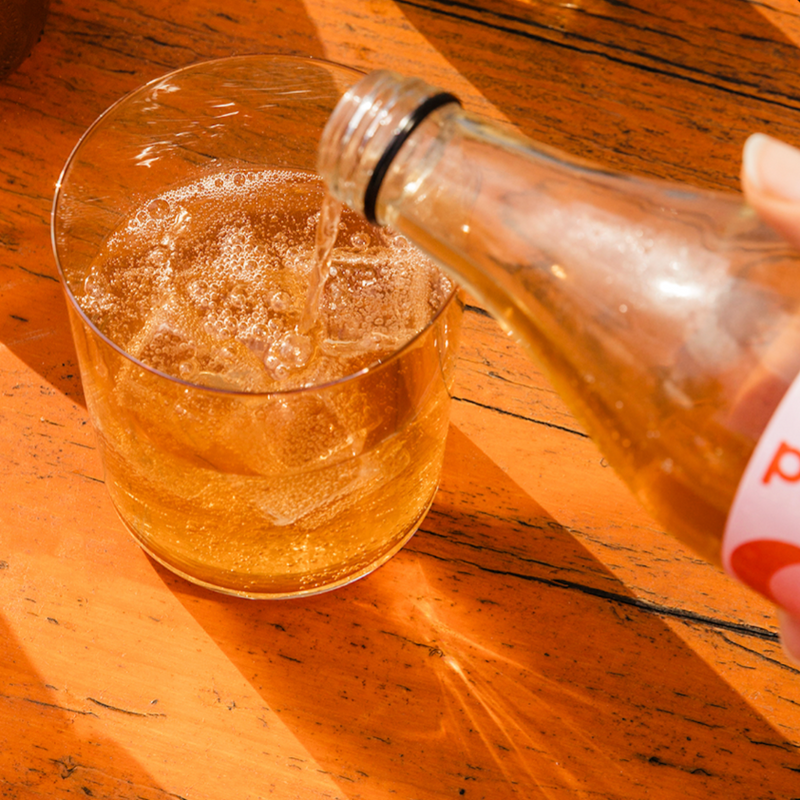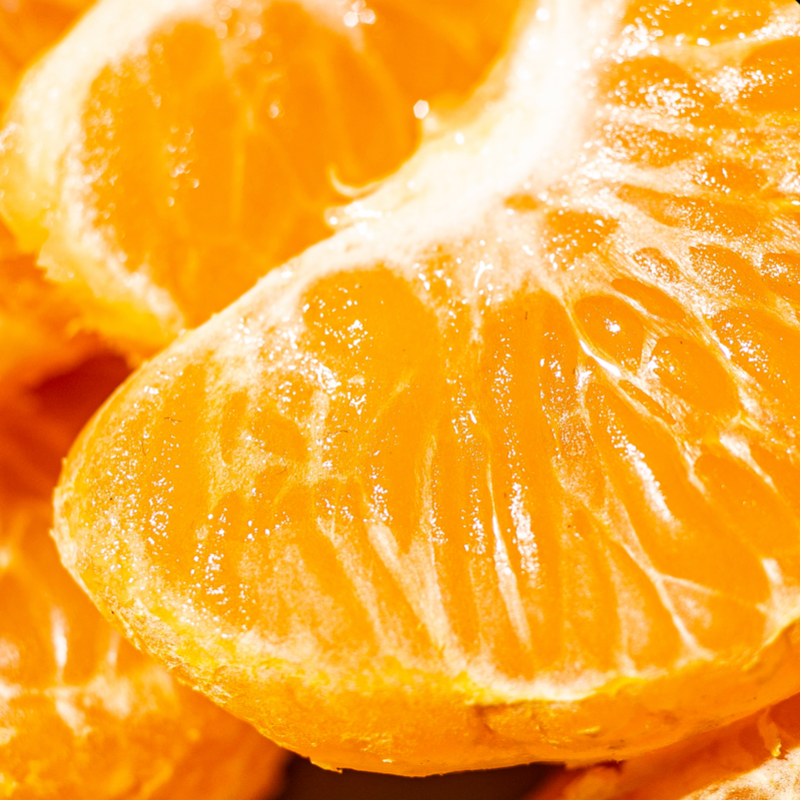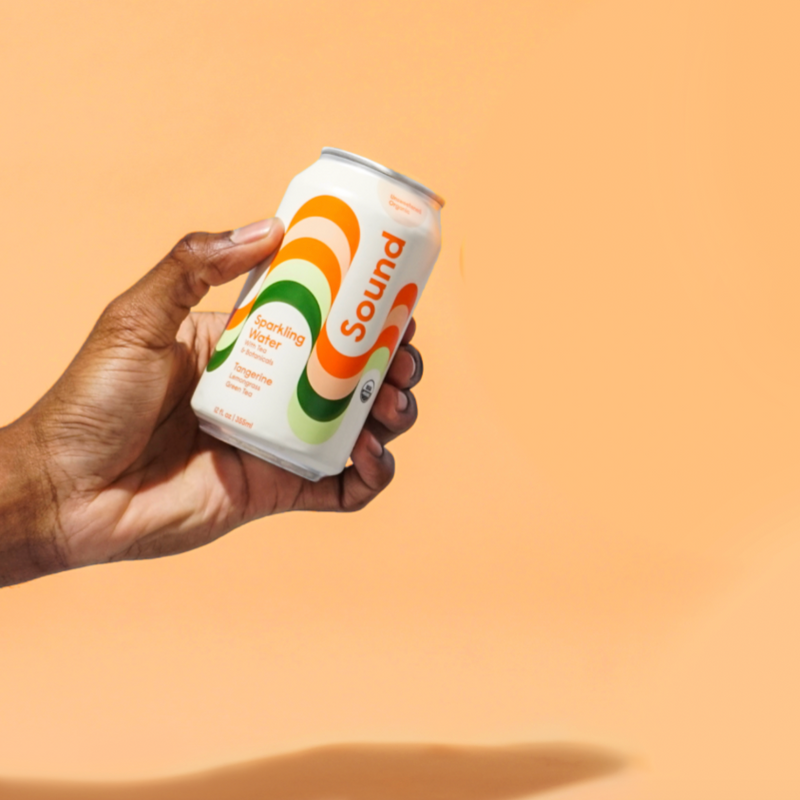Per and poly-fluoroalkyl substances (aka PFAS) have been getting a lot of heat over the past few months (I mean, even John Oliver is talking about them!). They are kind of like the new BPA - a forever chemical that's found frequently in consumer products. Like BPA, PFAS are very hard to break down, so they remain persistent within our environment.
Where do you find PFAS?
According to the EPA, sources of PFAS can include
- Food that has been exposed to PFAS, whether through packaging, processing, or even that grown within contaminated soil or water
- Nonstick products (eg Teflon)
- Stain- & water-repellent fabrics
- Certain paints, polishes and cleaning products. Even pizza boxes.
- Drinking water that has been processed in an area exposed to PFAS. One of the major sources of PFAS is firefighting foams so areas near to these manufacturing facilities, airports, and military bases tend to be a higher risk.
What's the harm?
Exposure to PFAS has been associated with a greater risk for a number of health issues including
- Low birth weight
- Reproductive issues, including lower testosterone & reduced sperm quality leading to infertility issues in men.
- Increased risk for certain cancers
- Harm to thyroid hormone health
Although PFOA and PFOS, the two most studied forms of PFAS, are no longer allowed for use, they remain persistent within our environment. Meanwhile, other less studied forms of PFAS (ie GenX, PFBS) remain permissable.
What can you do?
To find out what PFAS contamination is like near you, check out this interactive map created by the EWG. Express concern to your local government agencies. And from a purchasing perspective, ask brands whether they've checked their PFAS levels. More and more are today. Sound did have our PFAS levels checked for both lines and gratefully, the results were non-detectable; we will continue to monitor these levels moving forward.
